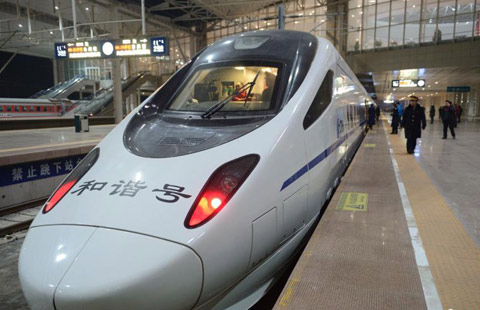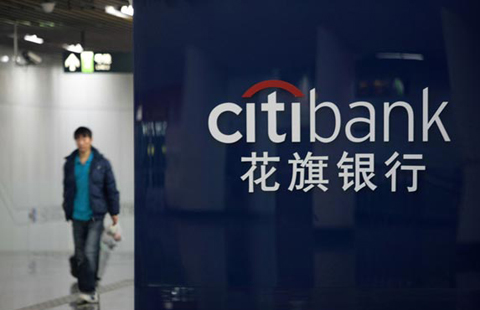Beware of the risks before going ahead with plans
By WANG TIANLING (China Daily) Updated: 2015-01-12 13:54China put forward two major initiatives to promote trade with its neighbors: the Silk Road Economic Belt and the 21st Century Maritime Silk Road (known in short as the Belt and Road Initiative) and the $40 billion Silk Road Fund.
However, given the risky climate in which we are living and the experience of Chinese enterprises overseas, we must be aware that professional risk management in compliance with international norms is key to the development of both these initiatives.
There are eight risks China needs to consider.
First, it should avoid an investment frenzy caused by grand ambitions and political preference.
The country has suffered a great deal from putting politics ahead of economic sustainability. Examples are the Albanian projects and some African projects China carried out during its three-year famine (1959-61) and the "cultural revolution" (1966-76).
When developing the Silk Road Fund, it is essential that China pursues both political and diplomatic benefits in addition to ensuring sustainable development of the fund.
Second, China should avoid risks posed by political changes in other countries.
Many of China's neighbors are undergoing complicated political, economic and social changes, and it is uncertain how these countries will develop afterwards. A case in point is the Myitsone Dam project in Myanmar. A Chinese investor made a huge investment in the project ($3.6 billion for its first phase) before the new Myanmar government suddenly suspended it in 2011.
We must improve analysis and prediction of the political and economic situations in major projects' host countries. A method should also be put in place to raise funds and run projects in case of sudden changes brought on by political shifts.
Third, China should avoid the risks of political turbulence in some regions.
The turbulence caused by competition between big powers always leads to economic losses for businesses. For example, many transnational enterprises, including Chinese ones, suffered great losses during the United States-led invasion of Iraq in 2003.
Over the next few years, political turbulence is likely to occur in the Middle East, Southeast Asia, Eastern Europe and Northeast Asia, posing a great challenge to the Belt and Road strategy.
Fourth, China should avoid the risks posed by terrorism, which will present a major threat to Chinese businesses operating overseas.
Chinese businesses have become targets for many local terrorist groups. For example, in 2004, 11 Chinese railway workers were killed by terrorists in Had Bakhshi, Afghanistan. In 2007, nine Chinese oilfield workers were killed by terrorists in the Ogaden region of Ethiopia.
China's promotion of the Belt and Road strategy will inevitably harm the interests of some foreign and local interest groups. To minimize the risks of terrorist attacks on Chinese businesses, the nation must therefore enhance intergovernmental cooperation to combat terrorism, strengthen Chinese workers' understanding of terrorism and how to combat it, take precautions that align with common international practice and develop sound emergency plans.
Fifth, China must avoid risks brought about by an unwise choice of foreign partners.
Choosing foreign partners is one of the most important decisions to make when initiating a project, yet it is often the most difficult decision. The recent setback suffered by a Chinese enterprise bidding for a high-speed railway project in Mexico was due to one of its Mexican partners being sued, and the event triggered a domestic political storm.
Such problems can be solved by communication and cooperation between Chinese and foreign governments and between trade unions and industrial associations, as well as through aid from consulting firms.
- Last of the tribe: Postman on bicycle
- LeTV plots its foray into the auto world with electric car
- First-tier cities expected to lift property restrictions
- Asia not need to worry about health of European banks
- Tibetan farmers, herdsmen see double-digit growth in income
- Chinese carrier mulls charter flights to Bahamas
- Small but reliable accessories makers are needed in China
- Volvo to sell Chinese-made cars in US this year

















